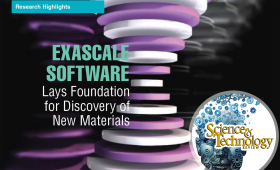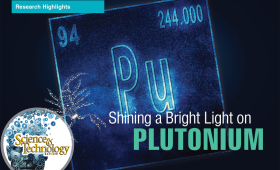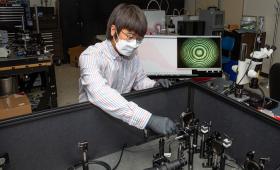Thin-film electrodes developed at Lawrence Livermore have been used in human patients at the University of California, San Francisco, generating never-before-seen recordings of brain activity in the hippocampus.
Science and Technology Highlights

A research team has used carbon nanotubes to enable direct drug delivery from liposomes through the plasma membrane into the cell interior.

The Center for Non-Perturbative Studies of Functional Materials under Non-Equilibrium Conditions advances high-performance computing software to support novel materials discovery.

Scorpius, a multi-lab project to advance stockpile stewardship, will yield an unprecedented experimental tool powered by Livermore technology.

A research team has demonstrated the power of using nuclear decay in high-rate quantum sensors in the search for sterile neutrinos.

Livermore researchers develop a system to help analysts find evidence of nuclear weapons proliferation using open-source information.

The L3-HAPLS, the world’s highest-average-power petawatt laser system designed and built by Livermore, reached a major milestone during a recent demonstration at ELI Beamlines Research Center.

Livermore scientists have developed a high-precision interferometer system to measure the pressure dependence of the refractive index in diamond anvil cells.

The neutron energy output from a nuclear device detonation can affect the deflection of an asteroid.


